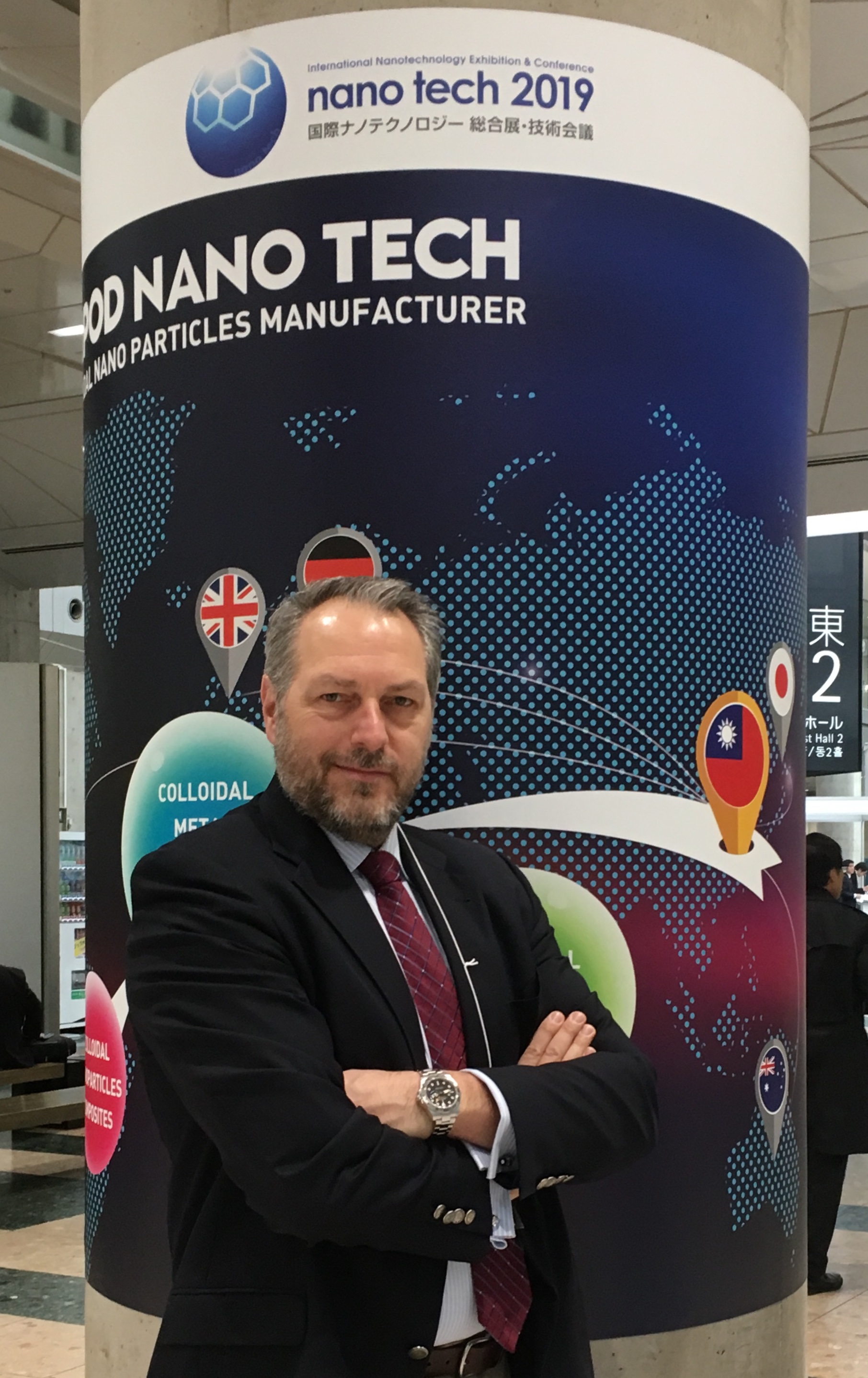“Methanol occupies a central role in chemical synthesis and is considered an ideal candidate for cleaner fuel storage and transportation. It can be catalyzed from water and volatile organic compounds, such as carbon dioxide, thereby offering an attractive solution for reducing carbon emissions.”*
In “In Situ Molecular-Level Observation of Methanol Catalysis at the Water–Graphite Interface” the authors show that graphite immersed in ultrapure water is able to spontaneously catalyze methanol from volatile organic compounds in ambient conditions. Using single-molecule resolution atomic force microscopy (AFM) in liquid, they directly observe the formation and evolution of methanol–water nanostructures at the surface of graphite.*
The findings described in this article could have a significant impact on the development of organic catalysts and on the function of nanoscale carbon devices
NanoWorld ARROW-UHFAuD AFM probes were used for the Atomic Force Microscopy imaging in liquid.

*William Foster, Juan A. Aguilar, Halim Kusumaatmaja, Kislon Voϊtchovsky
In Situ Molecular-Level Observation of Methanol Catalysis at the Water–Graphite Interface
ACS Appl. Mater. Interfaces, 2018, 10 (40), pp 34265–34271
DOI: 10.1021/acsami.8b12113
Please follow this external link for the full article: https://pubs.acs.org/doi/full/10.1021/acsami.8b12113
Open Access The article “In Situ Molecular-Level Observation of Methanol Catalysis at the Water–Graphite Interface” by William Foster, Juan A. Aguilar, Halim Kusumaatmaja and Kislon Voϊtchovsky is licensed under a Creative Commons Attribution 4.0 International License, which permits use, sharing, adaptation, distribution and reproduction in any medium or format, as long as you give appropriate credit to the original author(s) and the source, provide a link to the Creative Commons license, and indicate if changes were made. The images or other third party material in this article are included in the article’s Creative Commons license, unless indicated otherwise in a credit line to the material. If material is not included in the article’s Creative Commons license and your intended use is not permitted by statutory regulation or exceeds the permitted use, you will need to obtain permission directly from the copyright holder. To view a copy of this license, visit http://creativecommons.org/licenses/by/4.0/.


